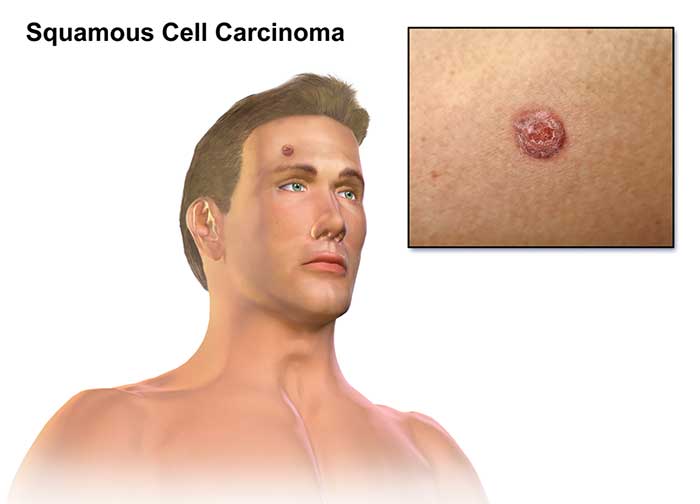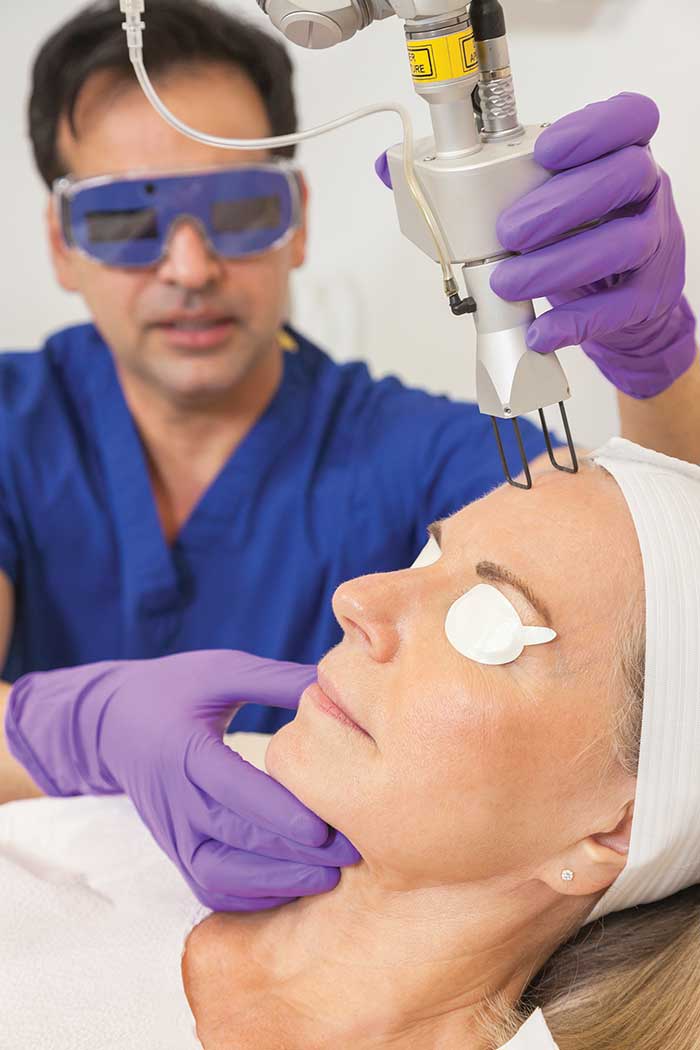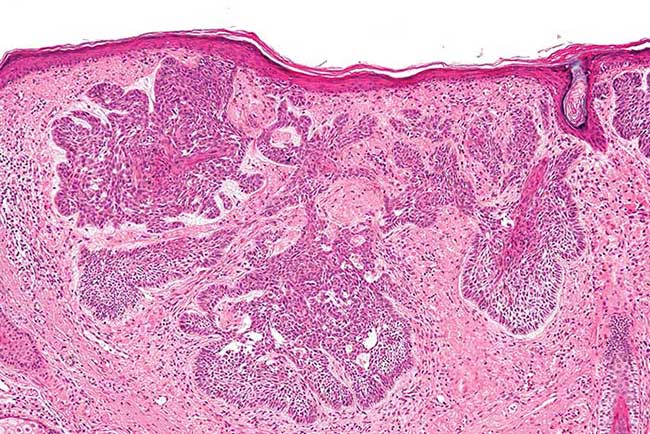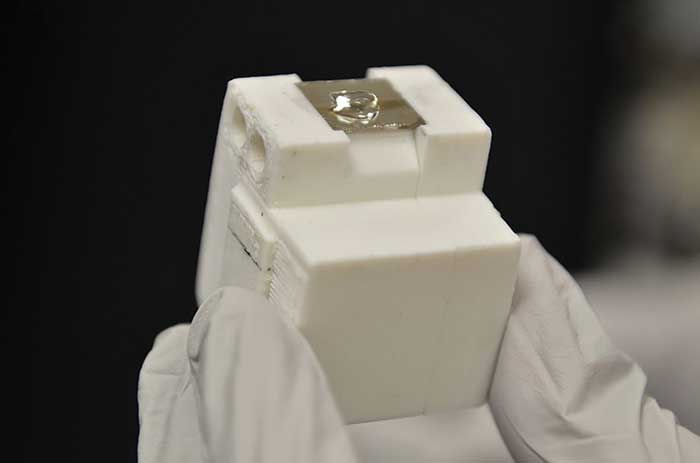Advancements are producing alternatives to invasive technologies that are safer, more effective and more affordable.
From skin cancer diagnosis and treatment to wrinkle removal and skin rejuvenation, laser-based treatments increasingly offer noninvasive alternatives to traditional procedures. These noninvasive alternatives can lessen tissue damage, decrease recovery times, speed diagnosis and reduce scarring.
“The changes in medical technology over the past 20 years have been nothing less than astounding,” said Kenneth Ferree, director of sales at Ophir Optronics, a developer and manufacturer of precision IR optics, photonics instrumentation and measurement equipment. “New uses for lasers have seen the greatest variation of applications of a single technology.”
Perhaps nowhere is this astounding growth more evident than in the use of lasers for the diagnosis and treatment of skin and other superficial cancers. Typically, these types of cancers are addressed by Mohs surgery, a procedure that removes a thin layer of tissue containing a tumor that is subsequently biopsied, and excisional surgery, in which an incision is made in skin to remove tissue. While these surgeries remove virtually all cancerous tissue and spare the greatest amount of healthy tissue, according to the Skin Cancer Foundation, they are invasive and recovery time typically can last several months.
There are several widely used optical laser biopsy methods for cancer diagnostics, said Robert Alfano, distinguished professor of science and engineering at the City College of New York and director of its Institute of Ultrafast Spectroscopy and Lasers. These include fluorescence spectroscopy, OCT and, most particularly, resonant Raman scattering (RRS). All three techniques, Alfano added, can also work in conjunction with Mohs surgery to lessen the depth of the tissue removal and subsequent scarring.
In the past, using RRS on tissue commonly meant employing a 785-nm wavelength laser. Alfano explained that reducing this to 532 nm, which is in the spectral wing of flavin absorption and in the fluorescence spectrum of tissue, the Raman cross section is enhanced quickly. This removes nearly all background noise from the spectral wing, which in turn can aid diagnosis.

A depiction of squamous cell skin carcinoma.
“RRS at 532-nm excitation — called the magic wavelength — has the speed of a few seconds for Raman spectra to determine whether the skin is clean of basal and squamous cancers,” he said.
This magic wavelength is a major breakthrough in Raman scattering because it requires no UV or gold particles to work, as is traditionally the practice. Instead, “the 532-nm wavelength does it all,” Alfano said.
CO2 lasers also can be effective in the treatment of superficial cancers such as skin cancer, said the American Cancer Society. These lasers emit very-short-pulsed light energy or continuous light beams that are delivered in a scanning pattern to cut or dissolve the affected surface of skin tissue. CO2 lasers are ablative, but they cause minimal bleeding and little heat damage to skin and also don’t disrupt or harm healthy, deeper layers of skin.

A CO2 laser (shown here) is effective in treating skin cancers and can also be used for aesthetic procedures such as skin rejuvenation, wrinkle removal and elimination of scars.
Nd:YAG lasers also are a treatment option for skin cancer, Alfano said, capable of imaging deeper into tissue. Nd:YAG lasers can also be used in endoscopes or optical fiber to reach parts inside the body such as the esophagus and colon. A laser-filled endoscope or optical fiber can be bent, put into a tumor and then heated to evaporate the cancer.
A growing medical use of laser technology is for the removal of pigmented lesions, which are typically brown, black or blue in color. Not only are these lesions unsightly, they can develop into basal cell , squamous cell carcinoma, melanoma or other cancers.
Fractional laser technology treats lesions using short, concentrated beams of light that are divided into thousands of tiny, deep columns or microthermal treatment zones. The affected area on the epidermis and dermis layers of the skin is targeted specifically, according to FindLight, an online database for lasers, optics and other photonics technologies. Being able to target just these layers of the affected area safely removes the dead layers one at a time and leaves surrounding tissue unharmed.

Micrograph of a basal cell carcinoma, showing the characteristic histomorphologic features, visible with hematoxylin and eosin stain.
Intense pulsed-light lasers work best for the removal of potentially cancerous lesions, according to Ophir’s Ferree. This laser system produces a bright beam to destroy the cells that contain pigment.
Pulsed-light lasers treat lesions by confining energy to the melanosomes — tiny granules that contain melanin inside pigment cells, according to DermNet New Zealand, a nonprofit online dermatological library. Pulsed laser removal is so targeted on lesions that it causes very little, if any, damage to the surrounding skin. Varied shorter wavelengths are more effective on superficial skin lesions. Deeper lesions require a longer wavelength that penetrates deeper below skin. Once removed, tissue should be biopsied, DermNet said.
While laser systems for various skin procedures are safer than in the past, use of them is not without risks. Skin can peel, scab or become red; depending on the size and depth of the treated area, recovery times vary and could last as long as a few weeks.
Eye damage, to both doctor and patient, is another risk. Lasers typically transmit light during skin procedures through open air diffusion. Doctors and patients wear goggles to protect their eyes from light damage. But this can make it difficult for doctors in particular to see the full target they’re working on, according to Nicholas Golda, M.D., director of dermatologic surgery at the University of Missouri Health Care. Researchers there, he said, are developing a laser system that transmits light into human tissue through direct contact.

A close-up of the specialized sonoillumination waveguide that helps deliver laser light with higher accuracy, efficacy and safety than its predecessors. Courtesy of Stephen Schmidt/CAFNR.
“This new guide is foolproof in that the laser won’t work unless it’s actually in contact with the patient’s skin,” Golda said. “Our goal is to provide patients with safer, more effective treatment options that potentially lower the number of treatments needed. This new technology may also provide physicians with a safer, more controllable option for treating patients.”
Paul J.D. Whiteside, a doctoral candidate in the university’s division of food systems and bioengineering, said that the process uses ultrasonic pulsation in conjunction with a clinical laser to alter the properties of skin tissue. Similar to existing lasers, the device can be used to treat cancer and skin lesions as well as to remove surface skin irregularities such as vascular birthmarks and potentially for tattoo removal.
Aesthetic and cosmetic procedures historically have been treated with plastic surgery, including face lifts and skin tightening. As with Mohs and excisional surgeries, these procedures typically require months for patients to fully recover. This made aesthetic and cosmetic procedures luxuries available to relatively few people. Now, several types of lasers are changing this picture. They are being used for noninvasive aesthetic and cosmetic applications that take place during simple office visits and require little downtime.
Pulsed-dye lasers, in which an organic dye is mixed in a solvent as a lasing medium, can treat skin blemishes and irregularities such as rosacea, hyperpigmentation and broken capillaries. According to the American Board of Cosmetic Surgery, these lasers heat the affected area and absorb pigments to reduce redness and ultimately alleviate the conditions.
CO2 lasers, effective in treating skin cancers, have also been used in the treatment of deep wrinkles and scars. According to Ophir’s Ferree, these lasers can be used alone, or in conjunction with Erbium YAG (Er:YAG) lasers, which are used to treat superficial wrinkles and scars, and other similar skin flaws. Er:YAG systems generate heat to destroy the unhealthy surface cells gradually.
Tattoo removal is another skin treatment that is possible with lasers. It’s now increasingly in demand; Ferree said this is one of the fastest-growing areas of skin treatments. The full spectrum of tattoo colors can be addressed with a method combining Q-switched lasers at 1064 nm, Nd:YAG lasers at 532 nm and Alexandrite lasers at 755 nm.
“The heat generated from the beams breaks down the ink from the tattoo,” said Ferree. “The small ink particles are absorbed by the immune system.” The broken particles of tattoo ink are subsequently flushed out through the body’s lymphatic system.
The result of these many laser advancements is a growing market for the aesthetic and cosmetic procedures. “Many noninvasive procedures are drawing consumers who don’t want a lot of downtime but need to fix some of these issues,” said Rick Mendez, vice president of global marketing at Sciton Inc., a manufacturer of medical and cosmetic lasers in Palo Alto, Calif. He added that his company is seeing a huge jump in requests for noninvasive laser therapies.
Cultural changes, for their part, are also having a powerful impact on the demand for noninvasive cosmetic procedures. “Youth is an asset,” writes the National Laser Institute, “and people are investing in themselves to achieve a younger, healthier appearance.”